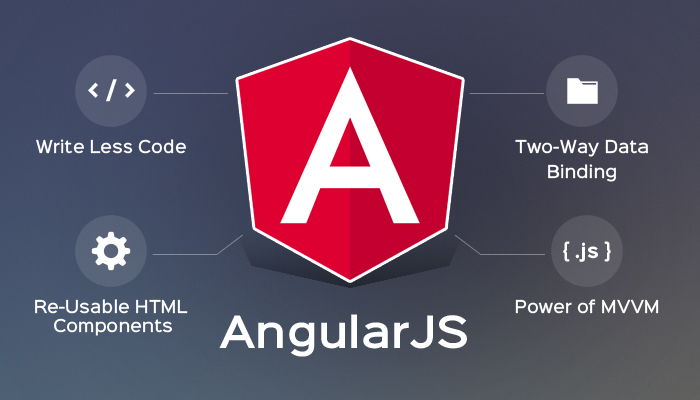Vector art, for those unfamiliar with the term, refers to one of two types of art which are commonly used by computer programs. The other type of art, bitmap art, is typically identified through the type of file name in use–common bitmap art file names include .gif, .bmp, .jpeg, and .jpg. Vector art, however, is identified by the file name which ends in .eps.
[adsenseyu1]
Vector art utilizes lines, which have a coordinated starting and ending point, in order to create an image. Vector art images are relatively simple when compared to bitmap art images. Bitmap art, on the other hand, uses pixels which create many dots of color that create a full image. Vector art is also comparatively smaller than bitmap art. For example, a large, poster-sized vector art image will typically only use up a few Kbs of memory.
A poster-sized bitmap art image will take a much larger amount of memory–usually at least several dozen Mbs, if not more. Research has shown that vector art, created with simple lines, is how the brain sees and store images; bitmap art, which uses tiny dots of colors to create more complex images, is how the human eye sees images.
For one: Vector art is easier for the brain to remember than bitmap art. For this reason, vector art is more commonly used in designs where simple, easy-to-remember imagery is most important. For example, vector art is often used to create business signs, posters and logos because these advertising images will be easier for a person’s brain to recall than if they were created using more complicated bitmap art.
Another benefit of using vector art is that it is less prone to distortion when the size of the image is changed. For example, a small vector art image which is blown up to 10x its size will likely have very little—or even no—distortion. A bitmap art image, on the other hand, will show distortion because the pixels used to create the image are being enlarged.
[adsenseyu1]
The reason for this lack of distortion is due to the fact that vector art is created with lines, curves, points, polygons and other simplistic styles of design. When a line is enlarged, it does not get distorted in the same way that a group of small pixels will be distorted. In some ways, vector art can be compared to the art which is typically found in newspaper cartoon strips: simplistic, using basic curves and shapes, and easy to remember.
Read more news about “vector art” below:
1. Artboard Enhanced for Mac Vector Illustration Creation
2. Stunning vector portraits by illustrator Cristiano Siqueira
3. Art Of Graphix: Software On A Dime
4. IIPVAPI OFFERS ADVANCED IMAGE EDITING SERVICES
5. Beginner here, need a starting off point



